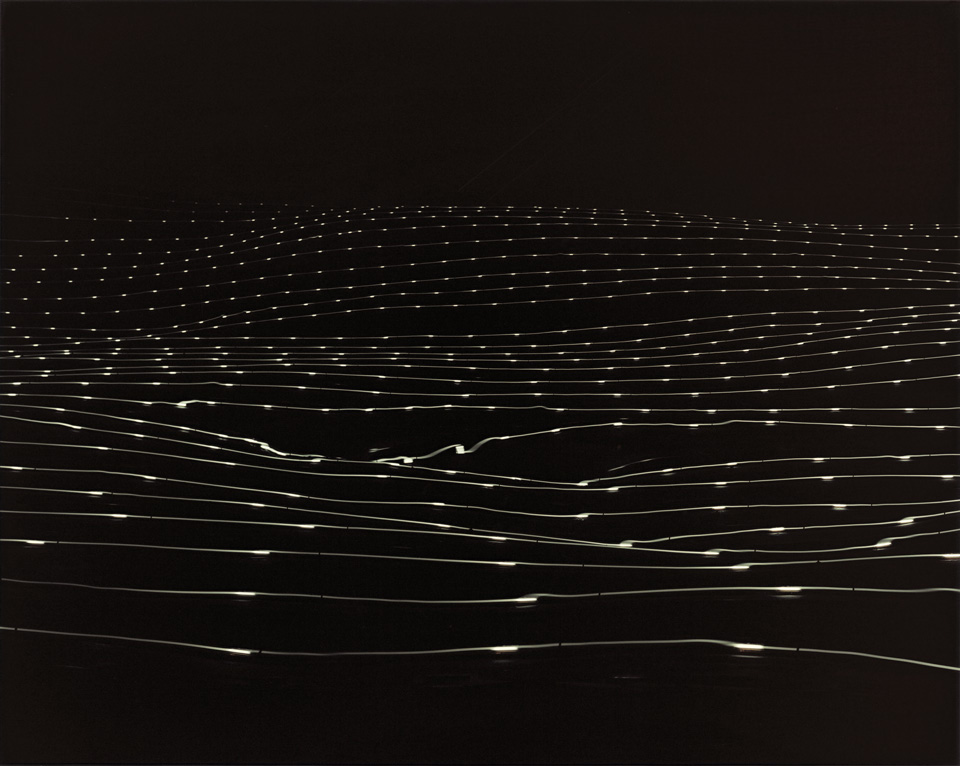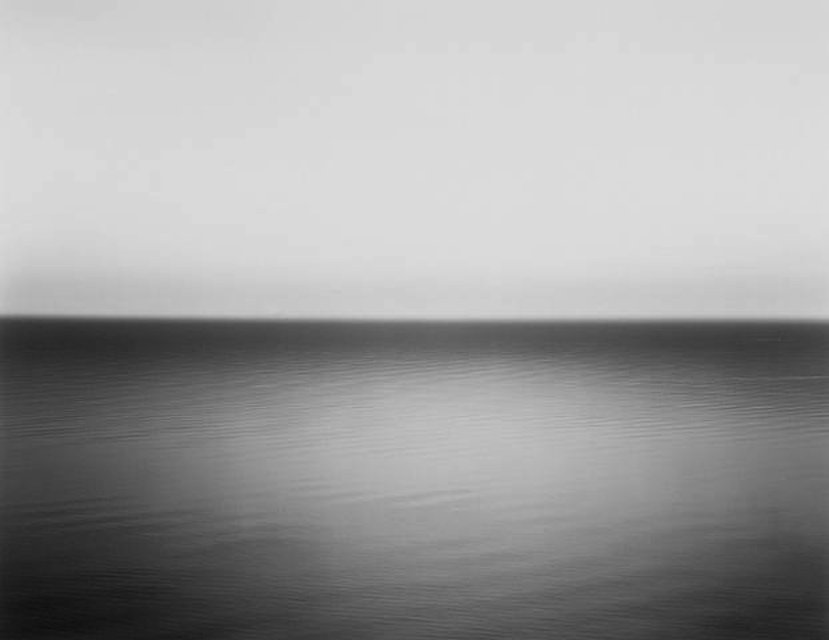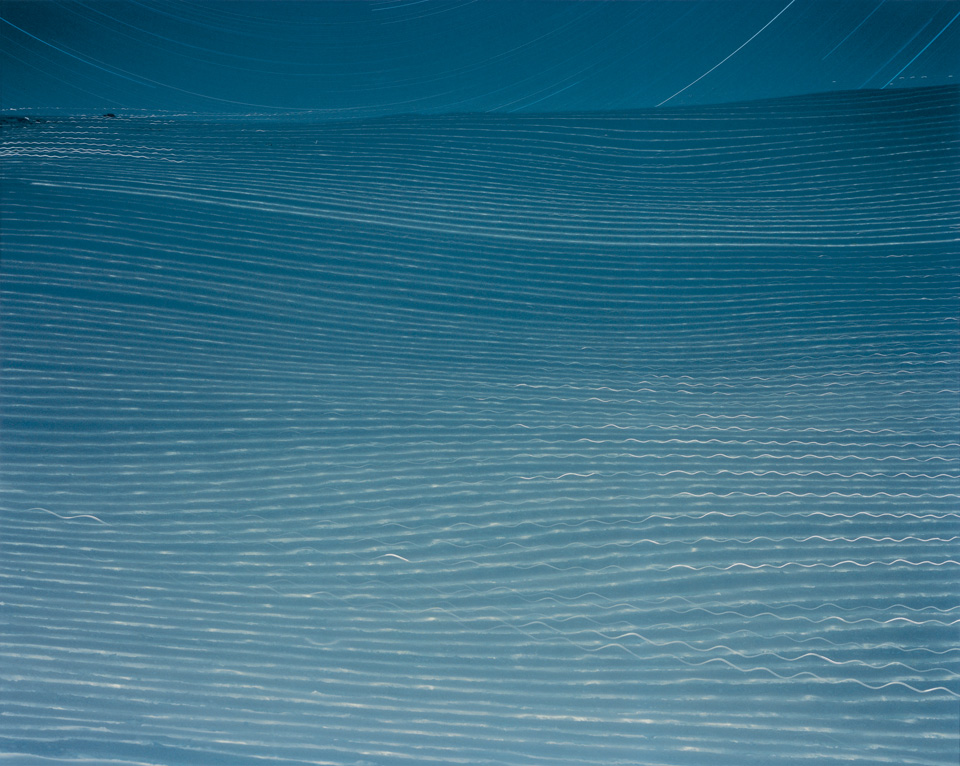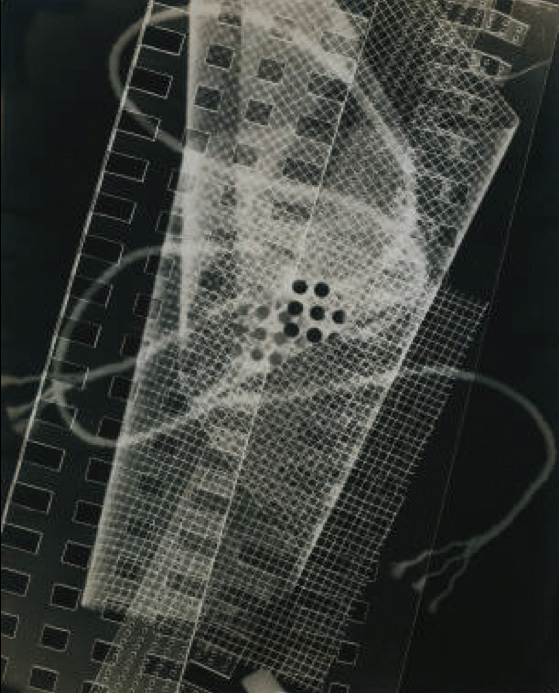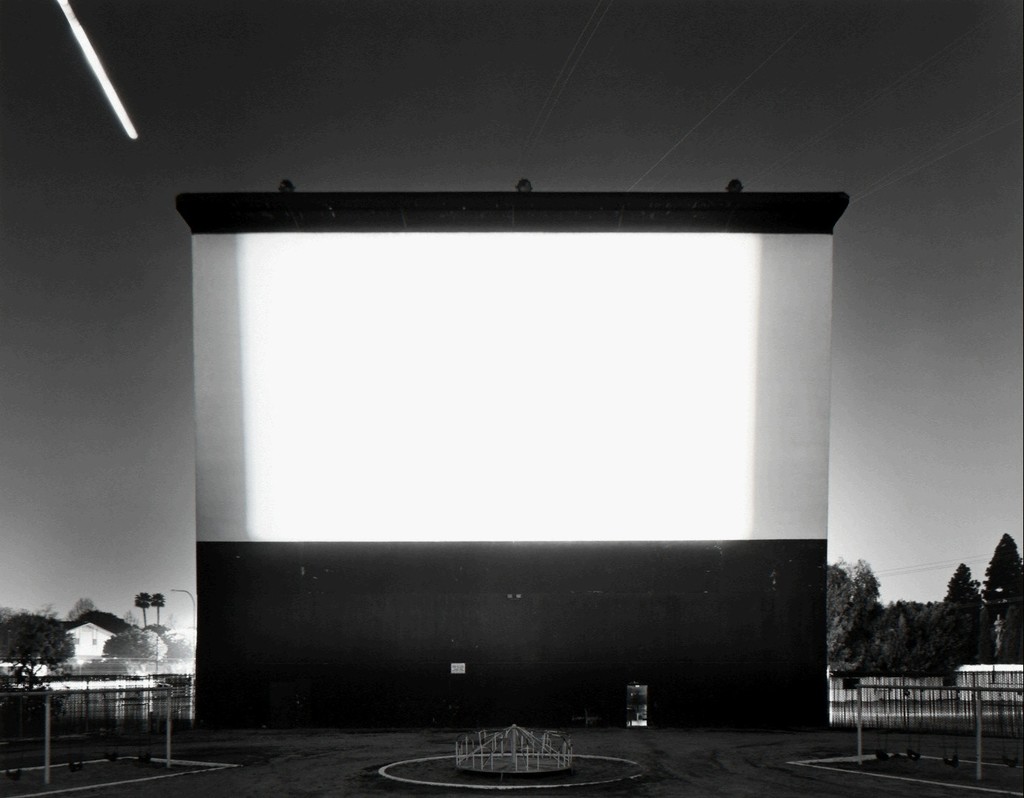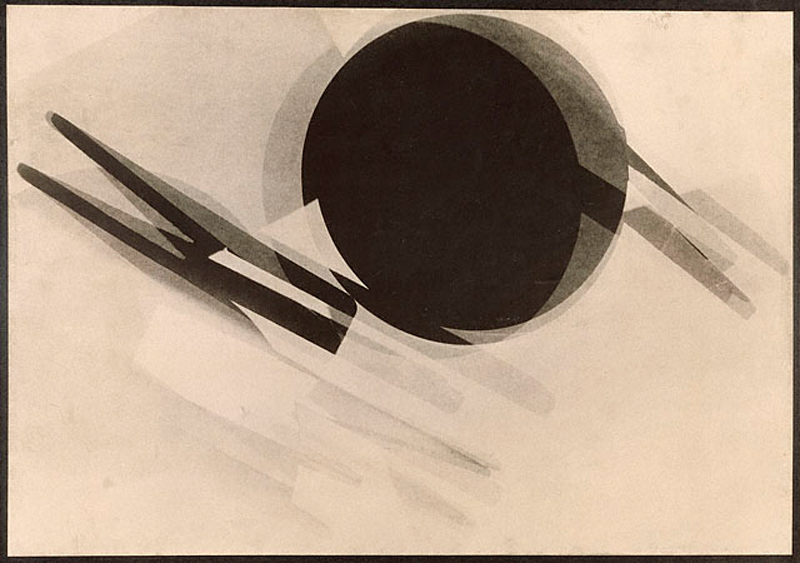Artist Blog
Every week an artist whose single image was published by Der Greif is given a platform in which to blog about contemporary photography.
Perception, Lies and Reality: Time and the process of drawing with light
Jun 04, 2017 - Jennifer Niederhauser Schlup
Time and the process of drawing with light
[…] This category of images is more directly concerned with time, and experimenting with the process of photography. They are images, which have a closer connection with the exposure that was necessary to fix the image.
One must here recall the work of László Moholy-Nagy and his conception of «drawing with light». He experimented with the notion that «photographic images – cameraless and other – should not deal with conventional sentiments or personal feelings but should be concerned with light and form».19 He aimed to bring into photography a new notion, diverting from the conception that photography relies on a reproductive mechanism with an artistic twist. He wanted to reinstate the medium (chemically light sensitive surfaces) as a central element of the photographic practice, an element often disregarded, the main concern having been set on the apparatus (the «camera obscura»). László Moholy-Nagy regretted how that negligence had put aside new possibilities of representations, in contradiction with the traditional idea of photographic imagery following the laws of perspective and how objects reflect or absorb light. Rather, he thought that exploring the chemical process of recording light – with the help of the camera – could have led to new visions, to the perception of phenomena invisible to the bare human eye: «Just one of [photography’s] features – the range of infinitely subtle gradations of light and dark that capture the phenomenon of light in what seems to be an almost immaterial radiance – would suffice to establish a new kind of seeing, a new kind of visual power. […] Photography is the first means of giving tangible shape to light, though in a transposed and -perhaps just for that reason- almost abstract form».20 Indeed, the photographers shown in this category, unlike the advocates of the decisive moment, make use of time and its infinite dimensions to reveal (in photographs) light phenomena otherwise invisible. […]
Hiroshi Sugimoto uses a similar process – long exposures- in his photographs of movie theaters, in which he exposes for the length of the film projection. The images give us a metaphorical vision of the passing of time, taking the counter point of the «decisive moment». Light and time – the fundaments of photography – develop into the central subject of the image and a blank space. The whiteness of the screen, in which the evidence of a movie playing still lingers, stands against what remains immutable in the surrounding landscape: any non permanent details (cars driving by, people, etc.) have been removed by the long exposure. In Sugimoto’s own words: «too much information ends up in nothingness, emptiness».11 We are seeing on one side the permanence and on the other the moving; two absolutely opposite dimensions of time. Light, time and their influence on what becomes visible are here once again essential. Something similar happens in Sugimoto’s seascapes where, due to long exposures, the waves disappear and give way to a surprisingly still field of water. The archetype of photographic recording, the capture of the totality of an image in one single fraction of a moment has here been replaced by another temporality, in closer relation to the process of fabrication of a painting or a sculpture. On another level, Sugimoto himself sees these images connected to an ancient time, insinuating a journey through history: his goal was to give the contemporary spectator a vision similar to the one experienced in ancient days, hundreds of years ago. The absence of anything but water and air make it impossible to date the photographs, thus they become timeless and permanent. The spectator, drawn in, loses himself within the picture, and is set free from the strings of time.11
Thomas Flechtner, in his series «Walks», even more actively participates in the «drawing». He shapes himself the ephemeral traces that are left behind, as he walks through the landscape. These traces, which vanish as soon as they appear, have however left a continuous mark on the photograph. Flechtner draws out the underlying ghost lines enclosed in nature. This enables him to expose the viewer with a new outlook on the landscape: the figurative details and the perspective have vanished, leaving only the lines that follow the curves and undulating hills he travels through. Not only does the resulting image evoke a topographic map, it reveals the very structure of the hills – as an x-ray would with the skeleton of a body. Photography becomes here again a way of recording and bringing to light something invisible to the naked eye. It is also an acknowledgment to the flow of time, which makes one recall Lyle Rexer: «the very idea of a still photograph is artificial and abstract, involving a severing of particular objects from the flux of forms and instants that make up the continuum of time».21 […]
19 – p. 394 ROSENBLUM, Naomi. A World History of Photography. New York: Abbeville Press,
third edition 1997
20 – TRAUB, Charles H., HELLER, Steven and BELL, Adam B. The Education of a Photographer.
New York: Allworth Press, 2006 – p.199-200 «Unprecedented Photography». Laszlo Moholy-Nagy
21 – p.185 REXER, Lyle. The Edge of Vision: The Rise of Abstraction in Photography. New York. Aperture, 1st edition June 30, 2009


